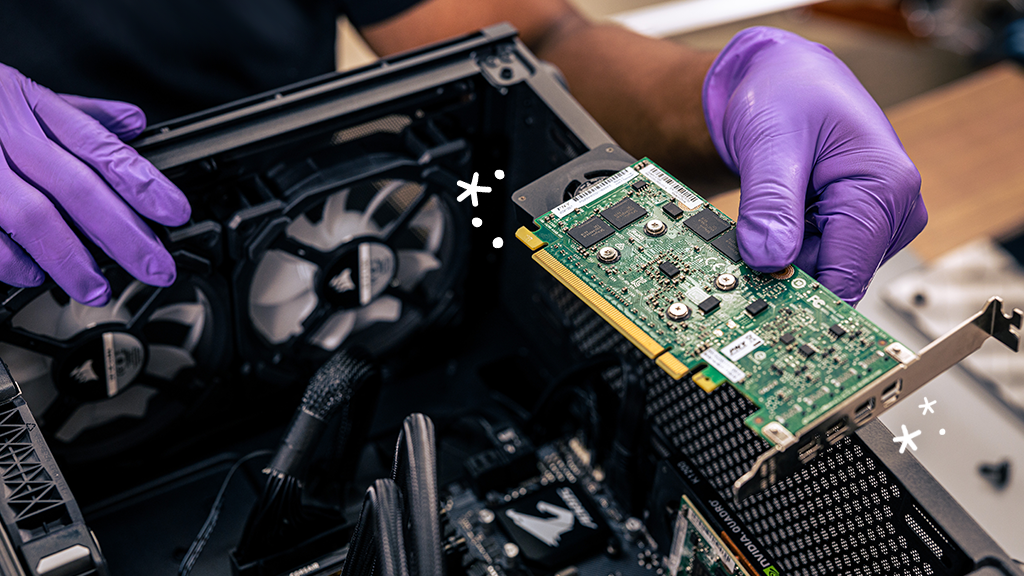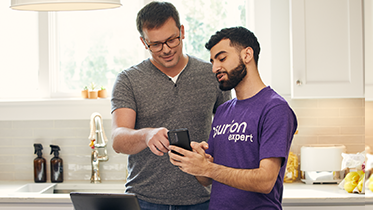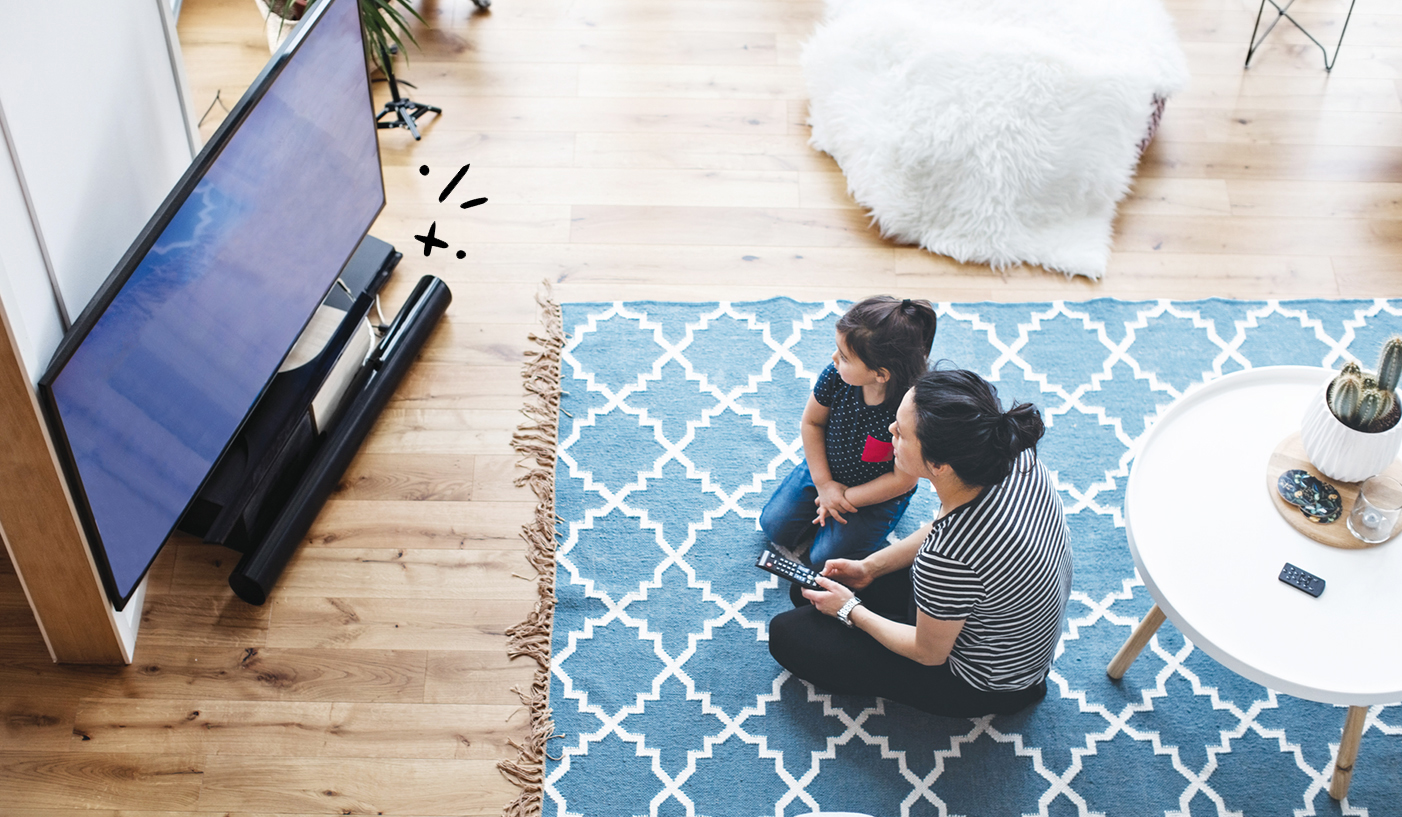If you go to play Fortnite and it looks like something from 1993, it might be time for a better graphics card. But where exactly do you start? Don't worry, we've got you covered.
At Asurion, we provide support for all of your tech care needs—from protection to repairs and performance boosts for your device. Here's a guide from our experts on everything you need to know before attempting to replace or upgrade your computer’s graphics card.
Things to consider before you buy a new graphics card
Whether you're an avid gamer or a video editor, a powerful graphics card can have a big impact on your computer. When you start a game or movie, data is sent over from your computer's processor. That data is passed through a graphics card and turned into what you see on screen. The better the card, the better the visuals you'll get.
Before you look for a Phillips head screwdriver and try to replace the graphics card in your PC, here are a few things you should consider.
Can your computer support a new graphics card?
When upgrading your PC graphics card, you could run into a common problem: an inadequate power supply. Either your computer doesn't have enough wattage, or it doesn't have a sufficient number of peripheral component interconnect express (PCI-e) power connectors. They will have either six or eight pins, depending on the make and model.
Your computer's power supply should at least meet the requirements recommended by the graphics card manufacturer. If you built your PC yourself, you should have an idea of what kind of power supply you're working with.
If you didn't, you can open your case and look for the standard identification sticker that lists its wattage information. While you've got that case open, take a peek at how many PCI-e power connectors you have available as well.

You can’t work when your computer doesn’t want to
Get it repaired fast at one of our stores. Just stop in or make an appointment⎯we'll handle the rest.
Does your computer have enough processing power?
If your computer is on the older side, it's worth checking to see whether its processor has enough power to handle the new graphics card. A high-end graphics card can't do much if the processor isn't fast enough to keep up. Instead of increasing performance, it might reduce it instead.
You can find out how much RAM your PC has by opening the Start menu, typing “About your PC" into the taskbar, and scrolling to the installed RAM information. 16 Gigabytes of RAM is the recommended amount for playing most online games.
Check out our guide to get an idea of just how much RAM your computer needs.
Will the new graphics card fit inside your computer?
Depending on the manufacturer, some graphics cards can be significantly larger than what your PC can hold. Before committing to a graphics card, look for the physical dimensions of a card on its product page or on the manufacturer's website—a larger fan shroud or heatsink could mean that you need more than one slot to accommodate your new card.
How to remove your old graphics card
Replacing your computer's graphics card may sound like an easy DIY project, but it can be difficult if you're not familiar with the parts that make up your computer or if you don't have the right equipment. If you don't have experience repairing electronics, we recommend you reach out to a computer repair expert.
- Start by powering off the PC and disconnecting the power cable from the tower. Discharge any static by tapping the side of the PC case or wear an anti-static wrist strap. Grounding yourself prevents your body from acting as a static electricity source, which could damage your components.
- Open the side panel on the PC case. Some panels have clips that are easy to unlatch, and others have screws that need to be removed.
- Remove any power cables connected to the graphics card. Press on the little plastic clip or latch on the side and proceed by pulling out the PCI-e cable. Higher-end computers may have more than one PCI-e power connector.
- Using a screwdriver, remove the screw(s) holding the graphics card into the slot.
- Before you can remove the graphics card, you'll have to release the PCI-e slot tabs that hold the graphics card in place. The tabs are located underneath the graphics card, on the back side of the PCI-e slot. Press on the protruding part of the tab to release it.
- Now, you can remove the graphics card. If you plan to keep the old card, be sure to put it in an antistatic bag for safe storage.
How to install your new graphics card
- Place the card in the slot, and press down gently until it locks into place. Make sure it fits into the slot with both sides sitting flush. When it's in correctly, the tab on the slot will hold it in place.
- Secure the new graphics card to the slot with the screws that were removed earlier.
- Connect the power cables to the graphics card.
- Close the PC case.
- Reconnect the power supply and startup the PC.
- When the PC starts up for the first time after installing a new graphics card, it'll search for the drivers—the files needed for communication between the graphics card and the computer's operating system. To get the most use out of the new graphics card, opt for using the latest drivers.





